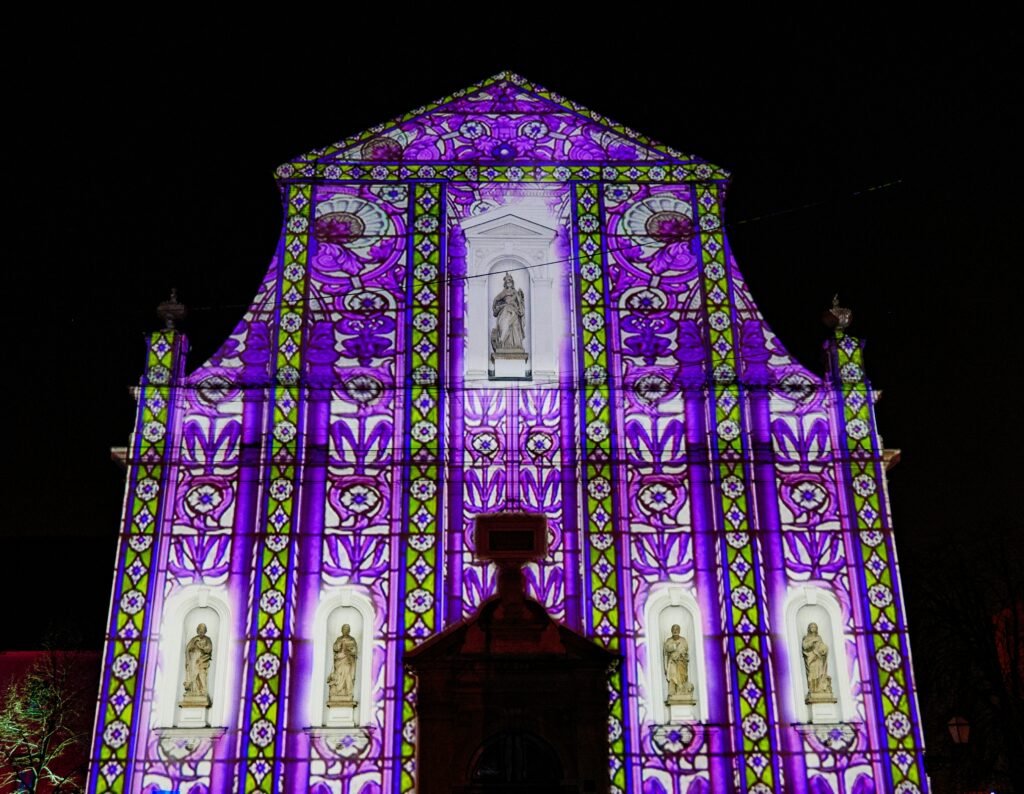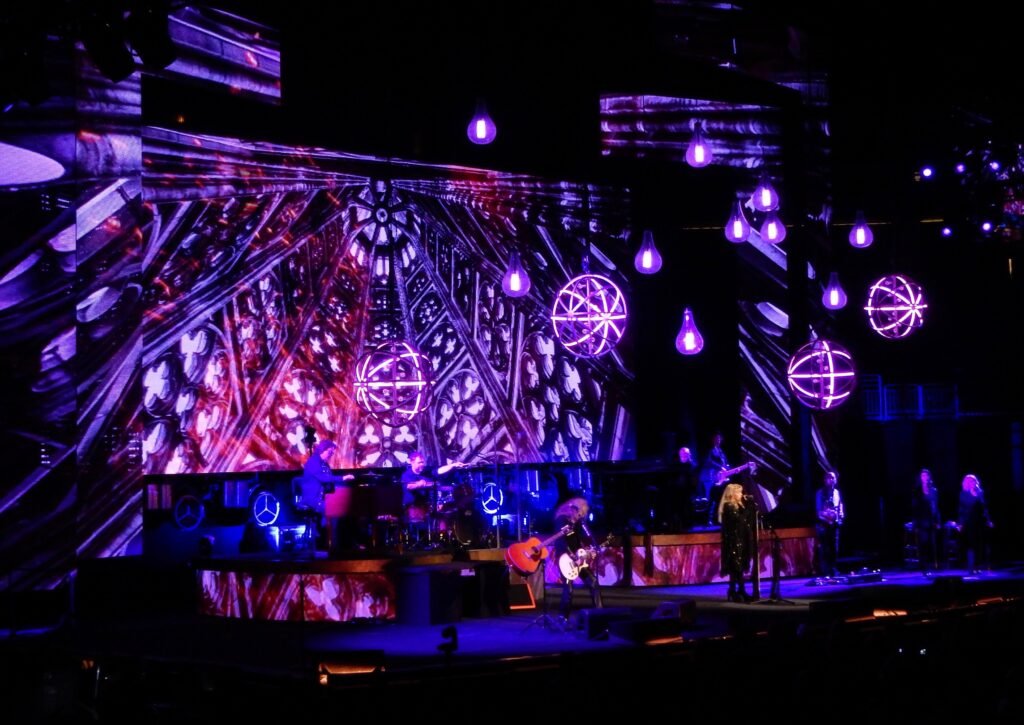Videomapping has transformed the way we perceive urban spaces. By projecting images and animations onto facades, monuments, and structures, this technique turns architecture into a dynamic and interactive canvas. The result combines digital art, technology, and visual storytelling to create immersive and memorable experiences.
Far beyond an aesthetic resource, videomapping has become a form of contemporary artistic expression. It breaks away from the traditional screen space, allowing the audience to interact with images that seem to come to life before their eyes.
The Roots and Evolution of Videomapping
Videomapping began to gain popularity in the late 1990s, when advances in digital projection made it possible to synchronize images with irregular surfaces. According to the book Projection Mapping: Principles and Practice by Sean Montgomery, published in 2014, the technique “breaks the physical limits of the object, creating illusions that transform the perception of space.”

Initially, videomapping was restricted to large-scale events such as cultural festivals and inaugurations. However, as equipment and specialized software became more affordable, independent artists began to experiment and explore new possibilities. Tools such as Resolume Arena and MadMapper have made it easier to integrate sound, light, and video, expanding creative potential.
Today, videomapping is used in various fields — from advertising to performing arts, from musical shows to corporate events. This versatility explains why it has become such a prominent feature in major cultural and artistic hubs.
Technique and Creativity in Perfect Harmony
Creating a great videomapping project requires more than state-of-the-art equipment. It is essential to understand the physical structure of the surface that will receive the projection, plan angles and distances, and above all, build a coherent visual narrative. According to the book The Art of Projection Design by Greg Perkins, published in 2011, “technology is only the medium; what truly captures the audience is the story it tells.”
The process begins with a digital mapping of the facade, using 3D scanners or manual measurements. Artists and designers then develop visual content that fits perfectly onto the structure. This step requires precision, as any miscalculation can compromise the final effect.
In addition to the technical aspects, the soundtrack plays a crucial role. Synchronizing music with visual effects enhances the sensory experience, making the audience feel not only that they are watching, but that they are part of the work.
Videomapping as a Cultural Experience
Videomapping has also established itself as a tool to revitalize spaces and tell stories. Historical monuments, for example, gain new narrative layers when artists project visual elements that dialogue with their history. This fusion of past and present captivates audiences and contributes to the preservation of cultural memory.
Notable examples include events such as the Fête des Lumières in Lyon, France, and the projections on the Sagrada Família in Barcelona. These spectacles draw thousands of people and prove that videomapping can be both entertainment and a living cultural heritage.
An Art that Transcends Boundaries
In the 21st century, videomapping reaffirms that digital art is not limited to conventional screens. It invites the public to see the city with fresh eyes, perceiving facades, squares, and monuments as canvases for complete sensory experiences. Each project is unique, depending on the dialogue between space, content, and emotion.
Ultimately, videomapping is the perfect union of technique and art. It transforms inert surfaces into vibrant stories, turning the entire city into an open-air gallery. When night falls and the projectors light up, it is not just light we see — it is pure imagination taking shape.



